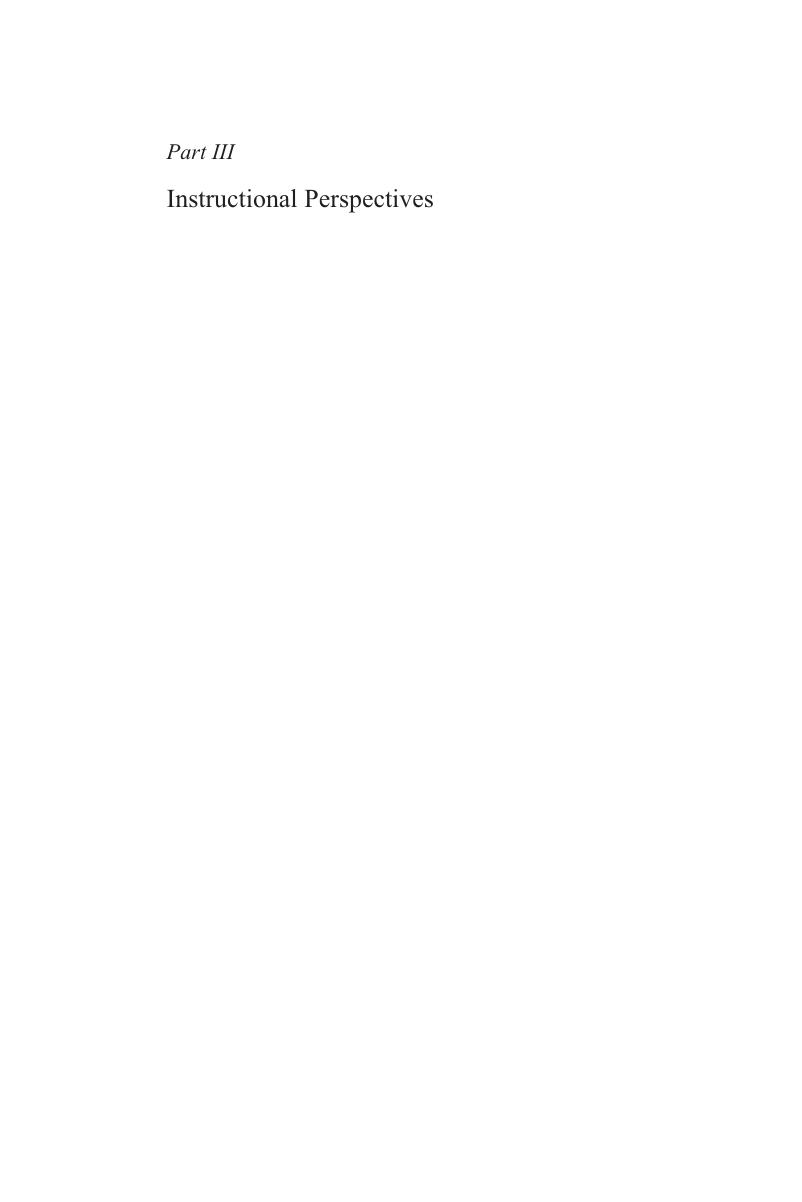Part III - Instructional Perspectives
Published online by Cambridge University Press: 22 April 2020
Summary

- Type
- Chapter
- Information
- Lessons from Good Language Teachers , pp. 187 - 312Publisher: Cambridge University PressPrint publication year: 2020

